Retailers are being urged to take part in research that will form the basis of a challenge against the Valuation Office Agency (VOA) and the 2015 Rates Re-Valuation.
Property advisors Barber Wadlow, working with the Petrol Retailers Association (PRA), is compiling a research report on the fuel retailing sector to demonstrate the injustice of the current rating system.
The new piece of research intends to demonstrate the similarities between c-stores and forecourts with c-stores in a bid to bring their rateable values more in line with one another.
Adam Wadlow, director at Barber Wadlow, said: “In its present state, business rates of petrol filling stations (PFS) are more of a tax on the business itself rather than the property. It is, in essence, a ‘performance tax’, therefore if you are retailer who has managed to double the profitability of your site between 2008 and 2013, it could result in a similar increase in your rates bill.
“RVs of PFSs incorporating c-stores are now at a level that bears no resemblance whatsoever to standalone c-stores, which are essentially directly competitive businesses. PFS c-stores are performing 10% better than standlone c-stores, which is understandable given the increased footfall generated by the forecourt. However, , the rates bill of a PFS is around £150% higher.”
Research already undertaken by Barber Wadlow and back office solutions provider Background2 of around 200 sites has revealed that for c-stores within a forecourt that achieve in excess of £30,000 per week turnover, around 60% of the customers are shop-only customers and are not purchasing fuel. For shops achieving under £30,000 per week, shop-only customers still account for 40% of all customers visiting the site.
Barber Wadlow says there are two types of sites that are particularly unfairly treated in the current rating system – the forecourts that incorporate c-stores and small rural sites.
Said Wadlow: “The link between forecourt and shop is becoming increasingly tenuous – it is now the quality of the shop retail offer that is driving turnover, rather than being solely reliant upon the forecourt trading performance. It is this latter rationale that the current VOA Valuation Framework has been based upon and, while it is still appropriate for a standard PFS with average shop sales equating to circa 15% of throughput, this framework sends RVs sky-rocketing for sites with above average turnover shops.
“Sky-rocketing rates bills are not, however, an issue confined to the large sites in the PFS network,” added Wadlow. “Rural PFSs have also been subject to substantial increases in their rates bill – some as much as 100%-400%. This is again a product of the way that the VOA are currently assessing the rateable value of the shop element but, given that rural sites are generally much smaller businesses, they are more sensitive to increases in their rates bill. This is forcing rural sites to close, or at least cease trading fuel so that the shop element can be reassessed as a standalone c-store (and therefore at a considerably reduced level).”
To assist with the research project and help demonstrate to the VOA the errors in the current Valuation Framework and the changes that need to be made, retailers need to complete a questionnaire. To download the questionnaire, click on the link below.





















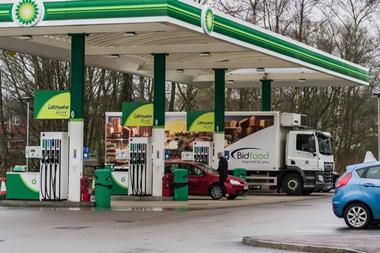
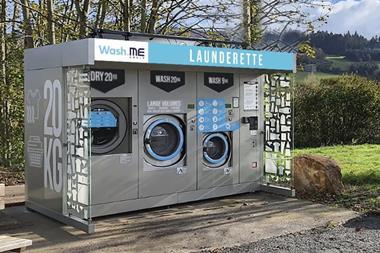
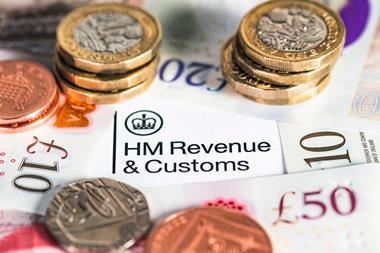
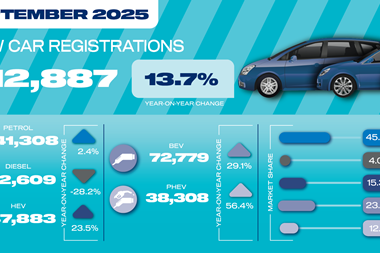
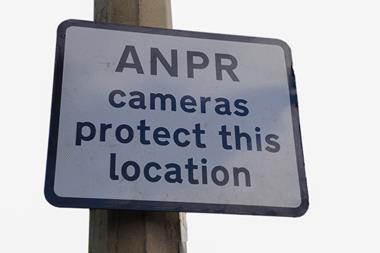
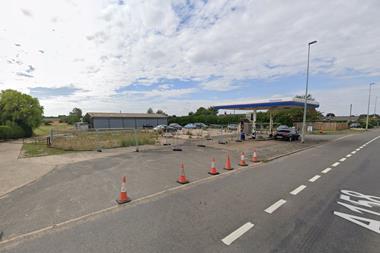

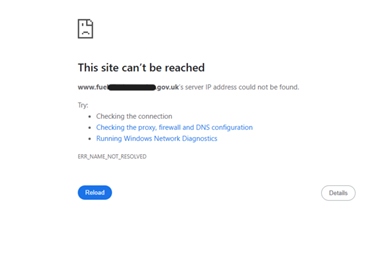
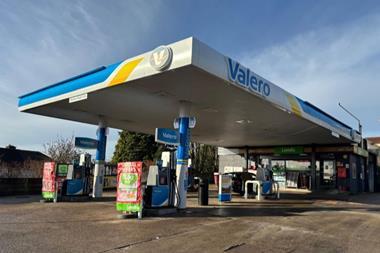
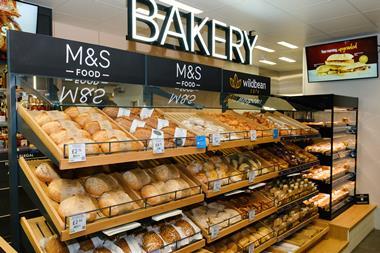

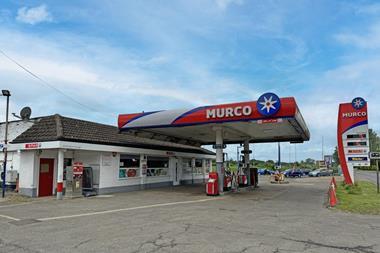
No comments yet